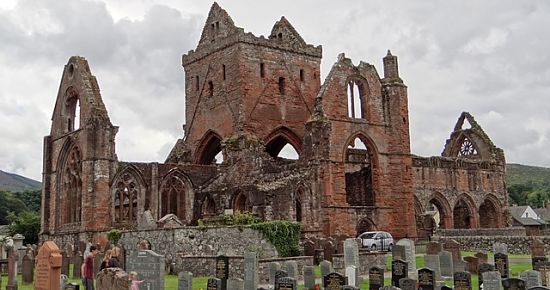Two contacts in less than twenty-four hours pressed me to write this post. One the post yesterday by RJS and the other a tweet by Frank Viola. Both of these contacts led my mind back to 1973, near Brussels. I was at a monastery for a week or so with Greater Europe Mission missionaries and other “Eurocorps” college students. It was my first trip to Europe and it was also notable for me because for one week I listened to Ray Stedman, and if I remember aright he did lectures on his famous book, Body Life, as well as on his book Authentic Christianity. That week was a life-changer for me.
 The foundational insight of Ray Stedman’s Body Life dealt with the questions “Who does the ministry?” Is “ministry” done by the pastor or is it done by the “laity”? (For the moment we can dispense with the whole clergy/laity discussion because in one way or another Stedman deconstructed the distinction.) I want now to offer how I have absorbed his teaching and to suggest that his vision can again become ours, but it shifts what pastors see themselves doing.
The foundational insight of Ray Stedman’s Body Life dealt with the questions “Who does the ministry?” Is “ministry” done by the pastor or is it done by the “laity”? (For the moment we can dispense with the whole clergy/laity discussion because in one way or another Stedman deconstructed the distinction.) I want now to offer how I have absorbed his teaching and to suggest that his vision can again become ours, but it shifts what pastors see themselves doing.
What is the primary model of what a pastor does in your church?
The major problem is this: though Stedman set up a pattern for churches, the powerful example of megachurch pastors re-established the attractiveness of the attractional model. Essentially it was to “come to our church, hear me preach, and learn how to live.” That’s simplistic, but only because it sums up a major approach to “doing church.” Stedman argued that the primary role of the pastor (and the church) was not to preach but to equip, and that ministry is done by the saints — laity — and not just by the pastor. Now to the text he expounded so famously:
Here are the critical words from Ephesians 4:11-13:
11 So Christ himself gave the apostles, the prophets, the evangelists, the pastors and teachers, 12 to equip his people for works of service, so that the body of Christ may be built up 13 until we all reach unity in the faith and in the knowledge of the Son of God and become mature, attaining to the whole measure of the fullness of Christ.
Four major points:
1. Christ gives gifts; we don’t have them; we don’t conjure them up; Christ, through the Spirit, assigns and distributes and empowers people. Those equippers are apostles, prophets, evangelists, and pastor-teachers (not two but one gift here).
2. The pastor-teacher (and others in that list) are to “equip God’s people for the work of the ministry.” Now let’s get 2011 on this one: the pastor-teacher equips people to become missional. The word “ministry” or “works of service” is diakonia or “ministry.” The pastor-teacher equips ordinary folks to become ministers via service of others. (This is not to say the pastor-teacher doesn’t also do this kind of “ministry.”)
The big point here: pastor-teachers are to see themselves as equippers, as educators who are designed to empower ordinary folks to do ministry in the local community. This equipping orientation differs from a “come hear me preach” orientation. The size of the church doesn’t really matter; what matters is that churches take equipping seriously.
3. The Body of Christ is established and it grows when equipping for missional ministries happens.
4. When the equippers equip, when the saints minister, when the Body of Christ grows, the whole process results in Christ-likeness.
How about you? I think it’s time to hear this all over again.











